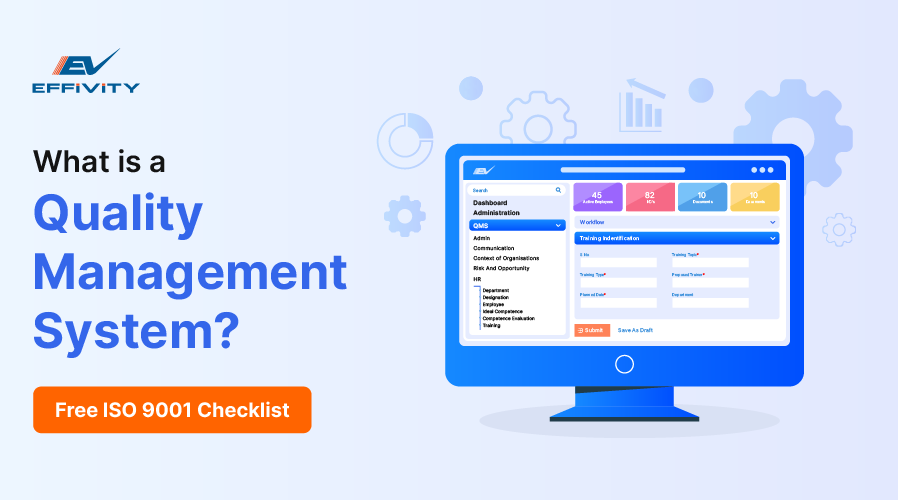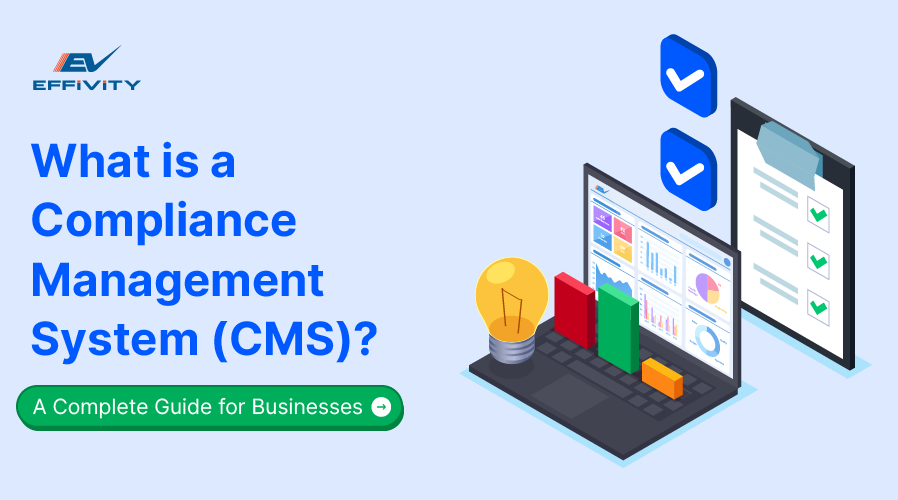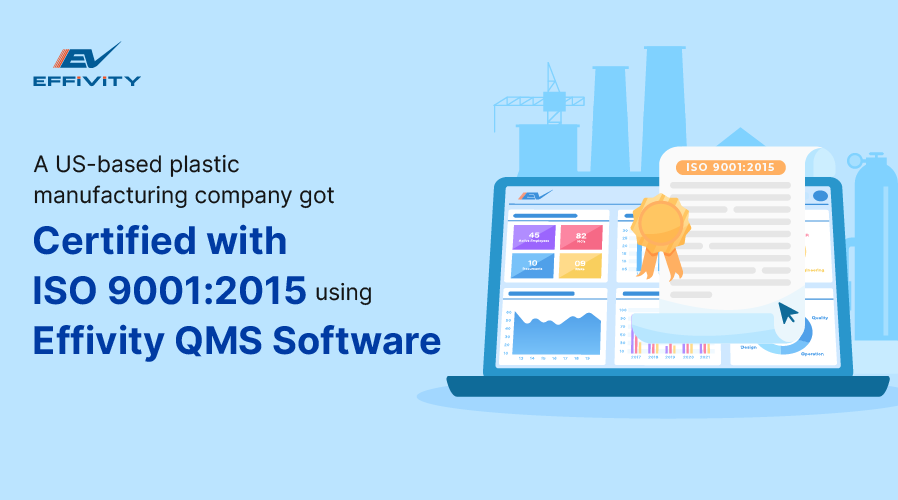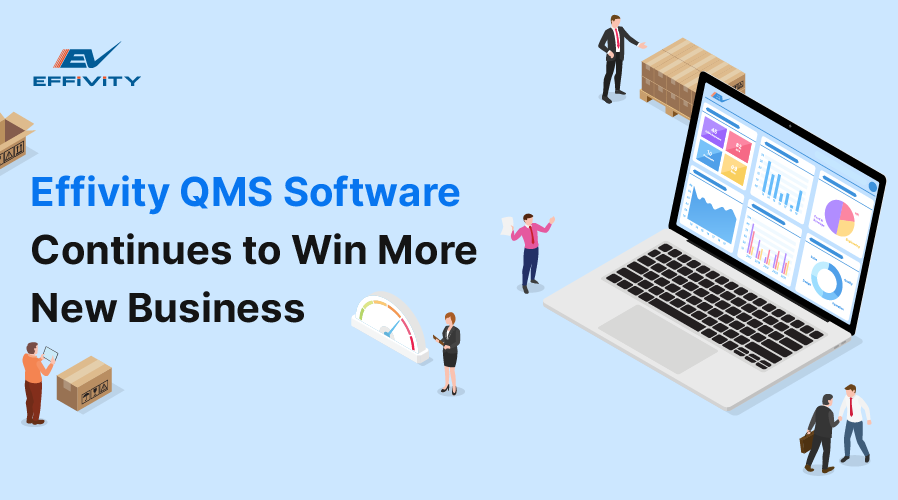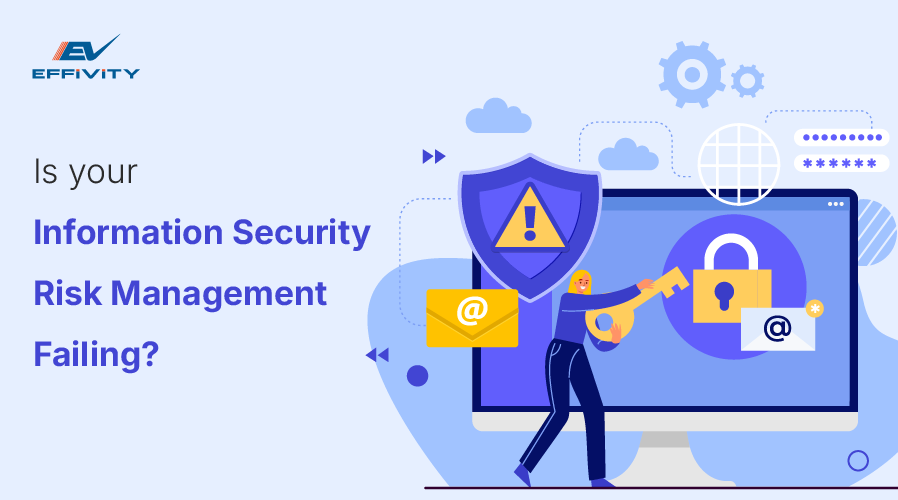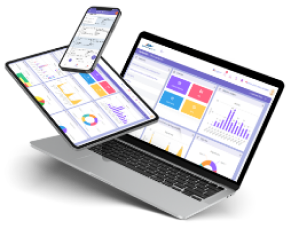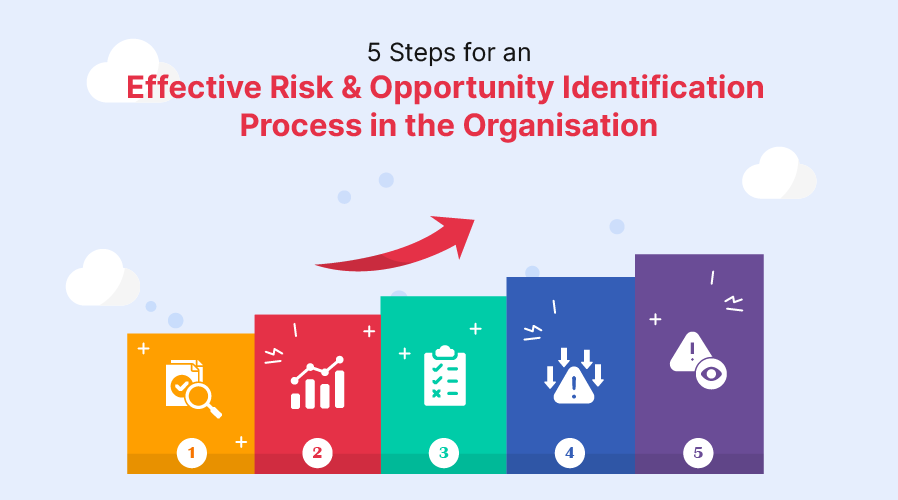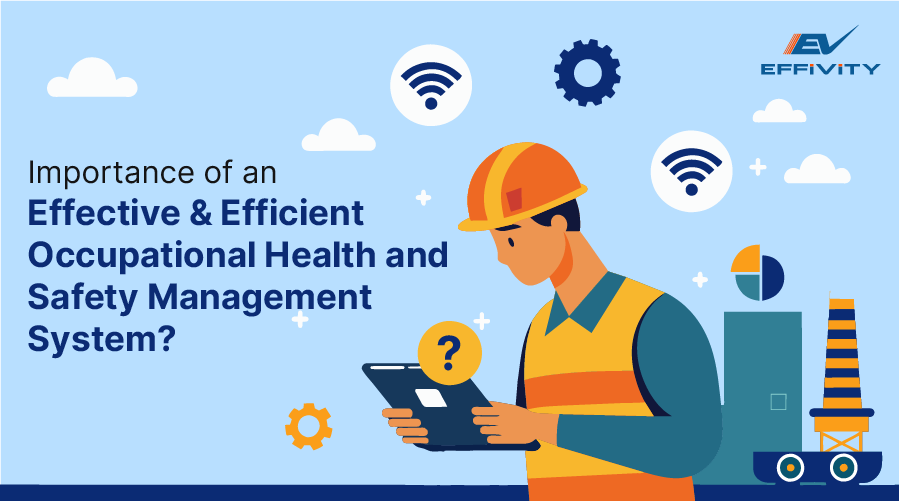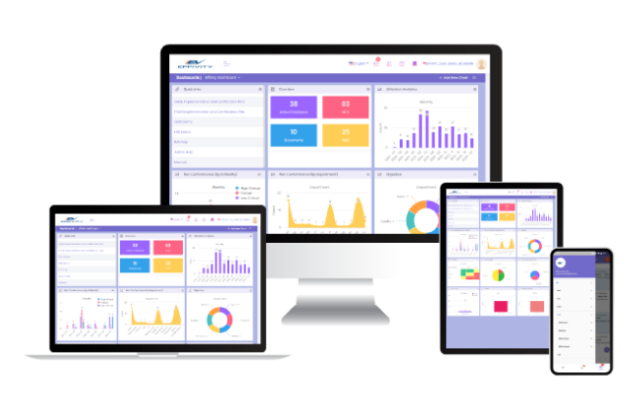Businesses today are exposed to volatile digital threats that have increased beyond the simple protection measures. Cybercrime had cost the world 9.5 trillion dollars in 2024 and the figure is increasing by all accounts. As the threats are more sophisticated and common, managing information-related risks has never been so important.
A clearly defined information security risk management plan, built on a strong risk management framework for information security, helps organisations enhance resilience and proactively address threats.
This article discusses real-life measures, the relevance of ISO 27001 and ways of managing and mitigating risks in information security.
What is Information Security Risk Management?
Information Security Risk Management refers to identifying and finding solutions to risks that may affect business information, systems and procedures. As ISO standard describes risk, it is “the effect of uncertainty on objectives” and ISRM aids in minimising that uncertainty before it can cause havoc on business.
However, the twist is that several organisations continue to face the issue of an old-fashioned model of risks, unclaimed responsibilities or the wrongly coordinated instructions. The result? Loopholes that attackers can easily use. This is why learning about ISRM and implementing it correctly nowadays is crucial.
Why is Information Security Risk Management Important?
Here’s why information security risk management is essential for every organisation:
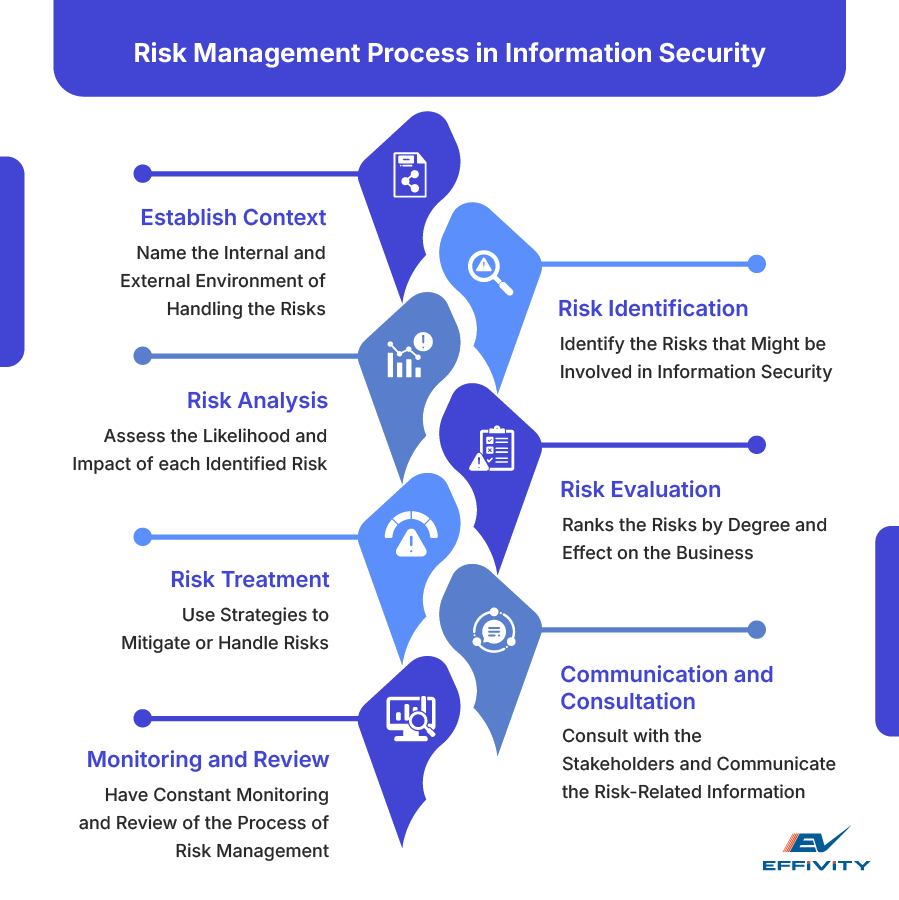
- Cyber Threats are Rising: Ransomware, phishing, or insider threat attacks are more common and challenging to prevent.
- Secures Operations: ISRM assists in identifying and mending weak areas before they cause businesses to halt.
- Different Risks Exist across the Industries: Identification of types of security risks in information systems assists businesses in developing specific protection approaches.
- ISO27001 Compliant: An effective risk management strategy means it will comply with internationally accepted standards and ensure strong cybersecurity compliance during audits.
- Precludes Severe Outcomes: The negligence of risks may cause data leakage, monetary loss, or legal reprimand.
- Prioritising a Breeze: Information Security Risk Management (ISRM) helps make wise choices on who to target the resources and energies (in time, money, security).
What are the Risk Management Requirements of ISO 27001?
ISO/IEC27001 is an internationally accepted standard that can be applied to develop a successful information security risk management system. It assists in designing, implementing and enhancing the information security risk management (ISRM) system of any business of any size.
Data safety is the objective, which takes place by establishing and fixing threats before they happen. ISO 27001 risk management is a three-pronged people, process and technology management approach.
An effectively implemented ISMR system can help facilitate IT security risk assessment practices, risk mitigation strategies in information security and cyber-resilience. This makes ISO 27001 a robust data protection strategy for businesses.
What are the Types of Security Risks in Information Systems?
Understanding the security risks in information systems is essential for establishing robust information security risk management. Some typical ones are as follows:
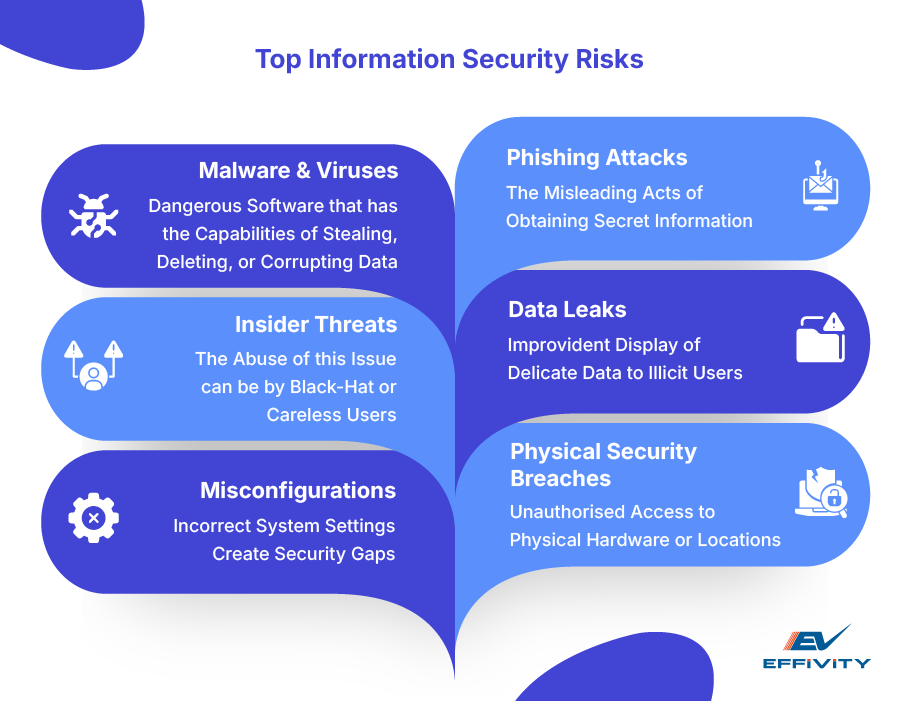
- Malware and Viruses: These malicious programs can corrupt or steal information.
- Phishing Attacks: Attempts at misdirecting users by giving away credentials through deception.
- Insider Threats Social losses: Insiders abusing access (purposefully or absentmindedly).
- Data Leaks of sensitive information by mistake.
- Misconfigurations: Incorrect system settings make them vulnerable.
- Physical Security Breaches: A breach of hardware or facilities by unauthorised persons.
Correctly identifying information assets and exposure levels to assess these threats supports a strong risk management framework for information security.
How to Manage Information Security Risks?
A proper IT security risk assessment process and management requires intelligent planning and an organised evaluation system. This is how one should cope with risks and their evaluation:
- Identify Risks: The first step is to create a catalogue of possible threats, which may come from internal processes, external parties or even the digital information assets.
- Analyse Risks: Estimate each risk's probability and consequence with a typical risk assessment procedure. It is possible to rate risks as very high to very low using a 5×5 matrix.
- Judge and Rank: Classify risks according to likelihood and impact (LI) scores. Record the meaning of each score to ensure congruence in the team's management of the risks.
- Treat Risks: Use appropriate risk control measures such as reduction, transfer, or elimination, supported by continuous threat detection tools and practices. To be guided to this, look at the Annex A controls of ISO 27001 and use the statement of applicability module to match the risk treatments to the required controls.
- Monitor and Look Review: Reconsider risks by their severity. Items of high risk must be updated frequently. Employ staff and apply internal auditing to make continual improvement.
What are the Signs of Information Security Risks?
Here are some key indicators that signal poor information security:
- Missing essential data flows
- Highly unauthorised or abnormal access requests
- Unawareness of staff or no security training
- Software is out of date or is unpatched
What are Risk Mitigation Strategies in Information Security?
To manage and minimise threats effectively, organisations adopt various risk mitigation strategies in information security:
- Risk avoidance: Identify high-risk information security activities that may cause legal or operational damage and eliminate them.
- Risk Transfer: Transfer security risks to third parties through contracts or insurance. Many organisations streamline this using ISO 27001-compliant risk management systems that define roles and responsibilities clearly.
- Risk Reduction: Apply controls such as firewalls, encryption and training of employees to minimise the impact of threats.
- Risk Acceptance: Proactively recognising risks is essential; risks that are only slightly hazardous and their mitigation costs are significantly higher than the potential threat.
- Contingency Planning: Prepare backup solutions such as disaster recovery systems. Using tools that support business continuity planning ensures faster recovery after incidents.
- Risk Automation: Use automation ISMS Business Continuity and real-time dashboard technologies so that the network continuously monitors and automatically responds to threats.
- Shared Risk Management: An agreement with partners entails sharing data security and compliance liability.
What Does a Risk Management Framework for Information Security Include?
An effective information security risk management system makes identification, evaluation and control of risks consistent within the organisation. These are the key elements of it:
- Risk Governance: Become defined in terms of policies, roles and responsibilities to ensure that you manage the information security risks in line with business objectives.
- Risk Identification: Identify critical assets, analyse vulnerabilities and manage effectively to minimise exposure. Find out how information asset management assists in the matter.
- Risk Analysis: Determine the probability and consequence of each risk. This is done to facilitate an organised information security risk analysis and prioritise threat analysis.
- Risk Treatment: Use such mitigation techniques as encryption, risk transfer or acceptance. Compliance tools should map them to the ISO 27001 statement of applicability.
- Risk Communication: Keep the lines of communication open so that stakeholders are regularly updated about threats, treatment and risk position.
A proactive and structured information security risk management approach is no longer optional; it’s essential. As companies eliminate the old business model, Effivity takes care of this change by offering a basic, low-cost, intuitive ISMS solution. With 24/7 support, organisations can be aligned to conform, protect their resources and achieve long-term stability in a dynamic and threat-prone environment.
If you are ready to upgrade your compliance framework, schedule a consultation or demo with Effivity today.

